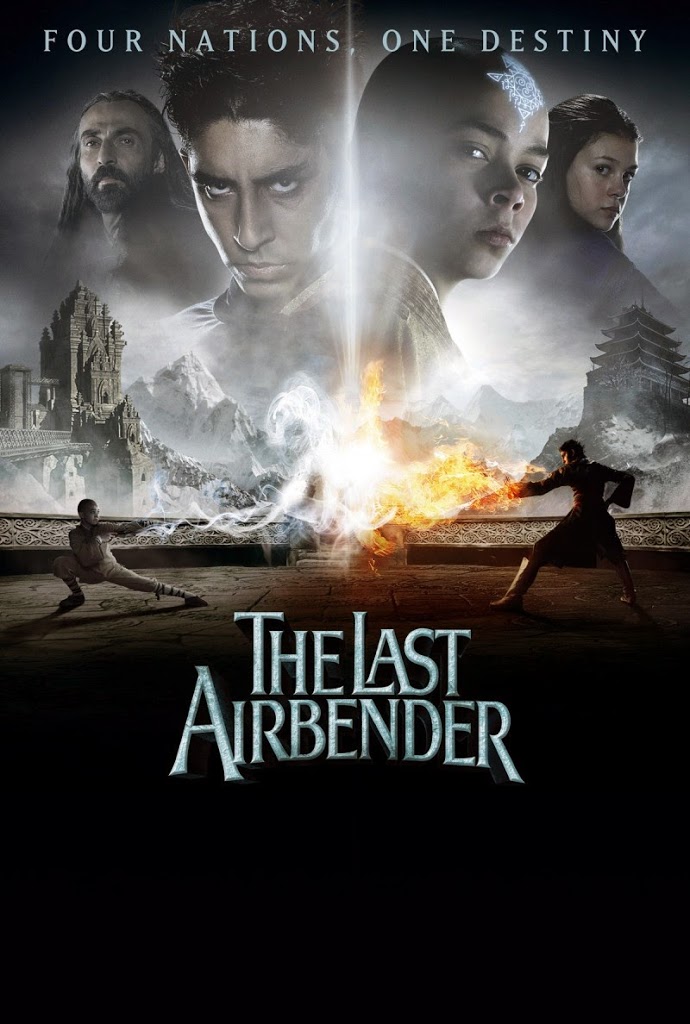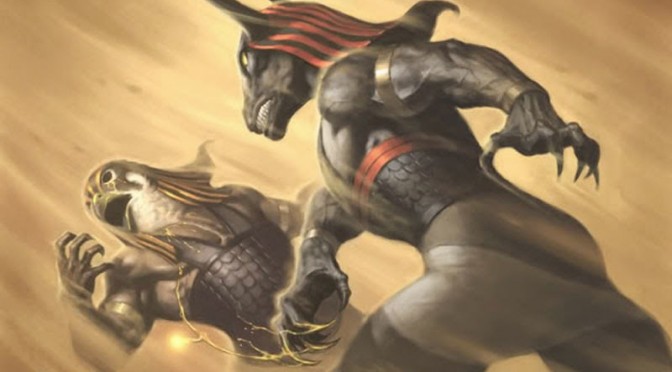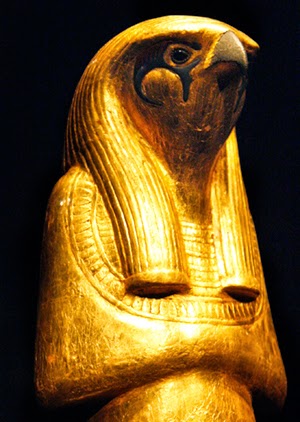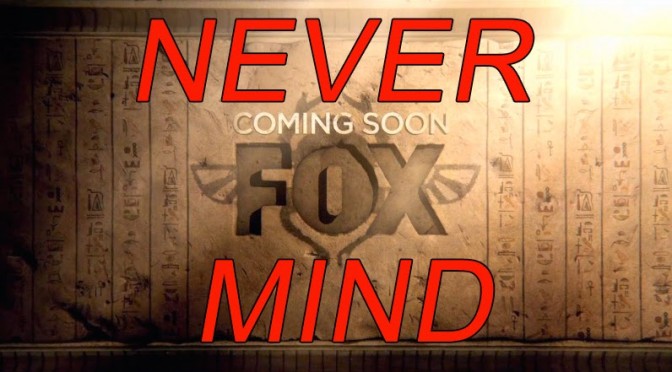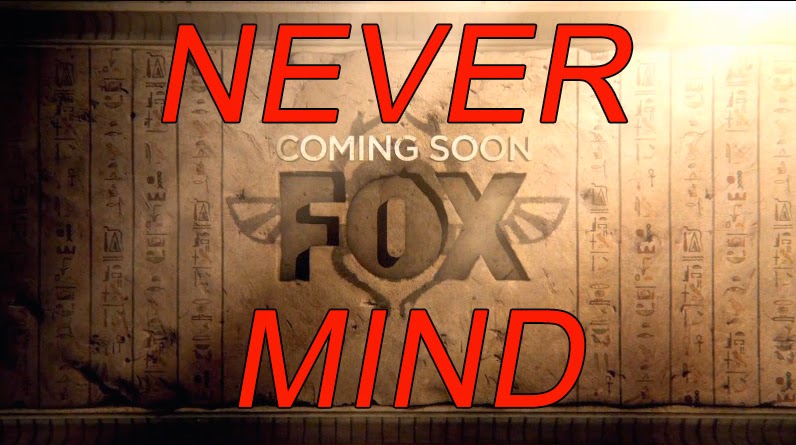Years ago, the basic cable channel Nickelodeon took a risk on an animated series brought to them by a pair of guys with a 10 minute pilot film produced by a Korean animation studio. The product they got was Avatar: The Last Airbender – one of the most original American animation projects in decades. Frankly, Nickelodeon executives weren’t sure what they had at the time. So it made sense that they only paid only for the first 7 episodes with further episodes to be determined as they went. It soon extended the order to 14 and, before long, ended up with 60 episodes for a series that had been an unknown quantity not long before.
It was a smash hit.
Nickelodeon suddenly had a series that was regularly garnering 4 million viewers an episode, with the final episodes reaching a spectacular 5 million viewers – unheard of for basic cable, especially animation. With charm, style and a more inclusive world view featuring the cultures of many races and religions, Avatar was easily one of the biggest surprise hits of its time. And it came to an end on an incredible high note, leaving everyone, especially the fans, wondering what was to come from the creative minds that brought it to the screen.
Then there was an unfortunate detour: a man who shall remain nameless was put at the helm of a live action movie. And, in ironic fashion, despite being of Indian descent, the man at the helm decided to make decidedly darker characters surprisingly white. Combined with a bad screenplay, stilted dialogue, horrible acting, broken direction, and a hefty dose of exposition – the movie bombed. The very feel of the franchise was gone, washed away in the director’s ego and mismanagement of the film. And, worse, the producers mismanaged it as well by handing it to him in the first place. Fans were, needless to say, not happy.
But then good news was on the horizon and the original creators were back with a brand new story in the same world. They introduced us to Korra, the next Avatar and the reincarnation of Aang, the protagonist of the first series. Korra was tough, energetic, enthusiastic and brimming with personality. She was a strong female character done RIGHT and with a touch of understanding as to who the audience was and where the franchise could go to keep feeling fresh.
Unfortunately, Nickelodeon didn’t see it this way and decided that the series that brought them 5 million viewers the last time they aired it suddenly wasn’t trustworthy. They started to throttle the production of the series and downgraded it into a mini-series before eventually realizing this new chapter was just as popular as the last and green-lighting production of a full series.
Why did they strangle their franchise with indecisiveness? Well, according to at least two people behind the scenes: because Korra was a girl.
And the comedy of errors began… Continue reading Legend of Korra: Victim of Casual Stupid



